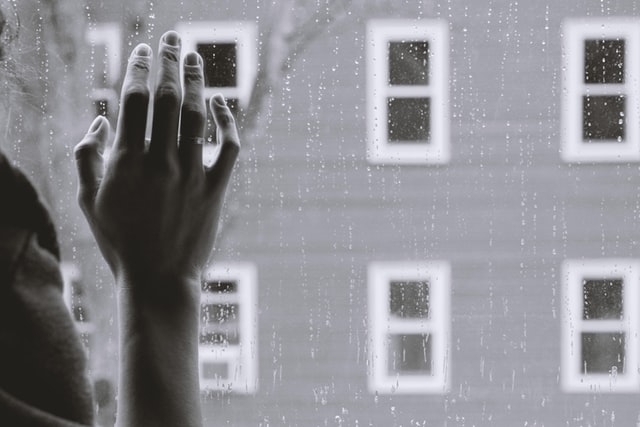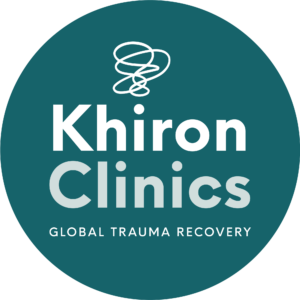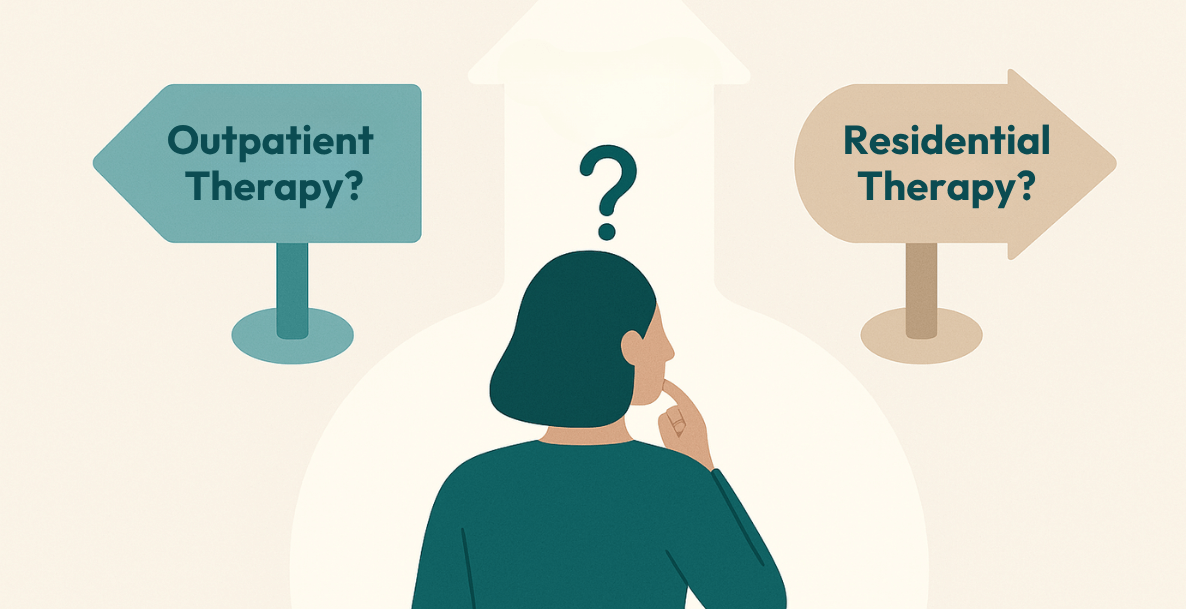Self-harm is an extreme coping mechanism that many teenagers and young adults utilise to cope with intense emotional distress. It can be challenging to know what to do if you find out that your child is hurting themselves, but there are many things that can help both you and your child.
Why Do Young Adults Self-Harm?
The reasons that teenagers and young adults turn to self-harm are varied. Some may use self-harm to manage difficult feelings of guilt, shame, anger, and sadness. Others use it as a punishment for their perceived flaws, and some use it to gain a sense of control over themselves. Bullying may also be a factor, as bullied teenagers are three times more likely to self-harm than others.[1]
Social media can also influence self-harm in teenagers. They may do it as a way to bond with others who also self-harm or because some of their friends also do it, and they think it will help them cope with their feelings. Social media also increases feelings of unhappiness in teenagers, which may also contribute.
Other reasons that young people might self-harm include:
- Intrusive thoughts
- Low self-esteem
- To show how they feel without talking
- To create a reason to take care of themselves
Some young people with depression use self-harm to feel something other than numb or sad. However, no matter what young people do it for, it is a highly unhealthy coping mechanism that can often make them feel worse in the long run.
A recent study has revealed that self-harm among girls under the age of 17 has increased by 68% over three years and that self-harm was three times more common among girls than boys.[2] However, it is difficult to verify these statistics, as young adults often try to hide what they’re doing from everyone around them.
Some people quickly dismiss self-harm as a phase or just something that people do for attention. This is untrue – no matter how long it lasts, it is a severe problem, and being told that it is just a phase can make teenagers feel worse and hurt themselves more. The same is true for calling those who self-harm attention seekers.
Different Types of Self-Harm
A common assumption is that the only way to self-harm is by cutting with a sharp object; however, there are many other ways that young adults may self-harm, such as:
- Burning their skin with cigarettes or lighters
- Pulling their hair
- Exercising to the point of injury
- Hitting themselves
- Using alcohol or drugs
- Having risky or unsafe sex
All types of self-harm are dangerous and can lead to long-term complications, some of which may be fatal. Complications can include:
- Infections of wounds
- Permanent scarring
- Low self-esteem
- Increased isolation
- STD’s
- Suicide
Symptoms of Self-Harm
Because there are many types of self-harm, it is essential to be aware of the potential symptoms in teenagers and young adults:
- Unexplained cuts, bruises, and scratches which they try to explain away as accidents.
- Wearing long-sleeved shirts and long trousers, even in hot weather.
- Increased social withdrawal.
- Experiencing relationship difficulties.
- Impulsive behaviour.
- Being secretive and withdrawn.
- Avoiding activities that would need them to reveal skin, such as swimming.
Symptoms can vary from person to person, but they may indicate that your child is self-harming. Young people often try to hide their behaviour, but if you have seen any of these symptoms and are worried, it is important to sit down and talk with them about your concerns.
How to Help
Having a child who is self-harming is naturally incredibly concerning. However, you are not alone, and there are many things that you can do to help them cope with their emotions more healthily:
- Communicate – talk to your child about what they feel when they turn to self-harm and devise a strategy with them for how they can cope in the future. Your child may not want to talk about their emotions and could be hesitant to open up, but if they know that you are there for them, it can encourage them to speak to you in the future.
- Find alternative ways to cope – there are many ways that your child can cope with their emotions without self-harm. For example, you could suggest that they hold an ice cube instead of hurting themselves, which will provide a physical sensation to distract them from their worries but will not actively harm them.
- Spend time together – many young adults and teenagers retreat to their room to self-harm and will not attempt it around other people. Gently encourage your child to spend time with you or their friends by suggesting fun activities like watching a movie, playing a video game, or going for a walk.
- Remove specific items from your house – hiding or getting rid of things such as pencil sharpeners and razor blades can reduce your child’s risk of self-harming. Also, ensure that medication is locked in a secure cabinet or hidden.
- Seek professional help – it is vital to seek help for your child if they are struggling with their mental health and turning to self-harm to cope. Speaking with a therapist can help them explore other ways to manage and target the root causes of how they are feeling and why they are hurting themselves.
Do not judge or get angry at your child for self-harming. They already likely feel incredibly guilty for their actions and reacting with anger will only make them feel worse and may make them think their actions are justified.
Conclusion
Self-harm is a highly unhealthy coping mechanism that young people may use to cope with difficult emotions. It is more common in young women than young men, although many boys struggle with self-harm. There are multiple reasons teenagers may engage in self-harm, but professional help is recommended no matter the reason.
Khiron Clinic’s Child & Adolescent pathway can help. Approaching from a trauma-informed perspective, we can provide comprehensive treatment for all of your child’s needs.
Sources:
[1] Fisher HL, Moffitt TE, Houts RM, Belsky DW, Arseneault L, Caspi A. Bullying victimization and risk of self harm in early adolescence: longitudinal cohort study. BMJ. 2012;344(apr26 2):e2683-e2683. doi:10.1136/bmj.e2683
[2] The Guardian. 2022. Self-harm among girls aged 13 to 16 rose by 68% in three years, UK study finds. [online] Available at: <https://www.theguardian.com/society/2017/oct/18/self-harm-girls-aged-13-to-16-rose-68pc-three-years> [Accessed 27 April 2022].






